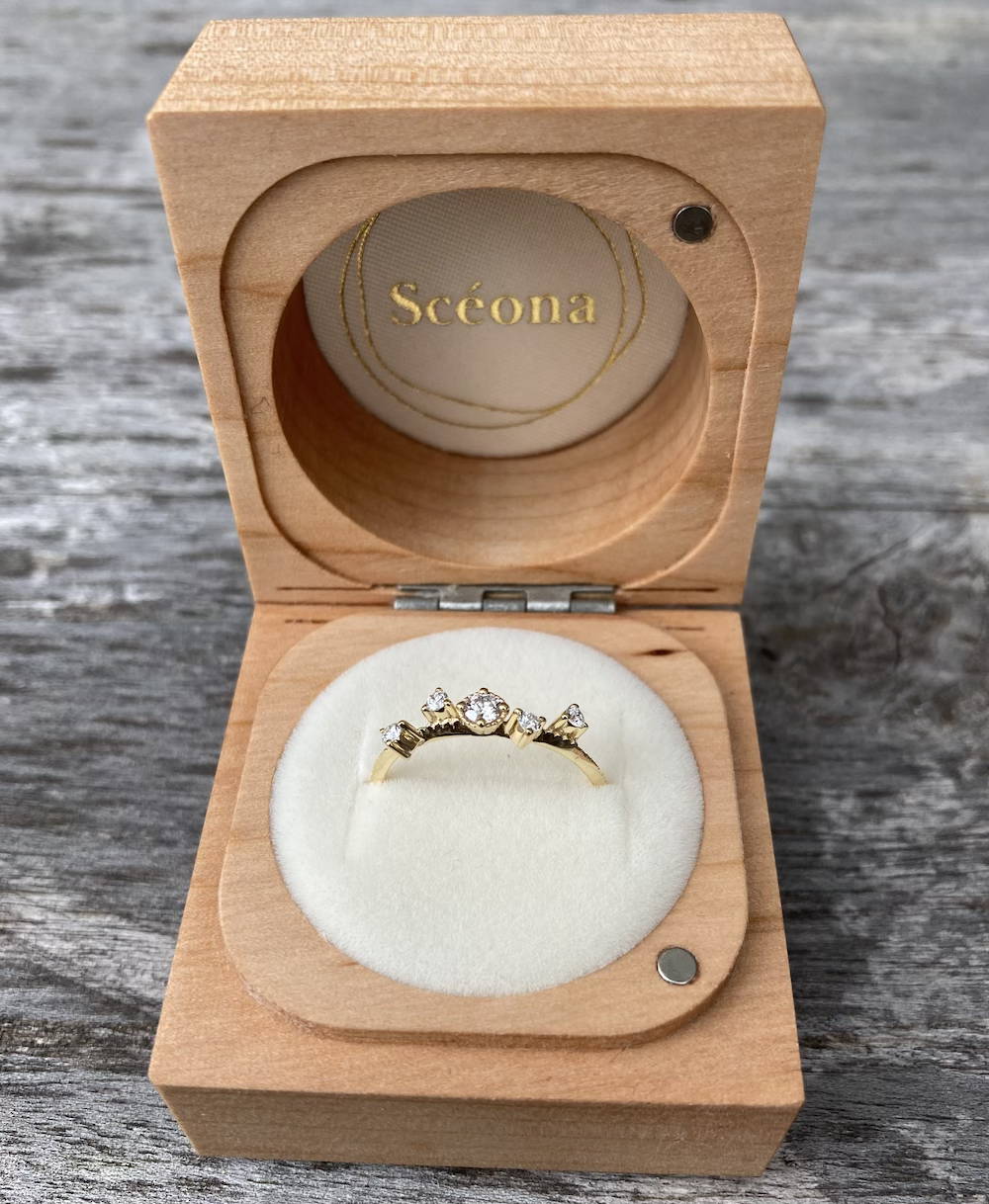8.3 billion tons
Researchers estimate that more than 8.3 billion tonnes of plastic have been produced since the early 1950’s and only 9% of all plastic waste ever produced has been recycled.
Today, more than 99% of all plastics are produced from toxic chemicals derived from non-renewable resources.
Sad but true, did you know that over 90% of this waste is in the environment with ten major rivers containing most of the plastic ever produced?
What is the impact of "normal" packaging?
"A full 32% of the 78 million tons of plastic packaging produced annually is left to flow into our oceans; the equivalent of pouring one garbage truck of plastic into the ocean every minute.
This is expected to increase to two per minute by 2030 and four per minute by 2050"
If you have ever shopped online, you may have been surprised when you received a small item in such a large amount of plastic! The packaging materials commonly used by companies to ship items across the world can require several times the normal requirements to ensure products are not damaged.
A major cause of concern lies with what is called polybags. Polybags are created with low-density polyethylene and they are widely used in shipping packaging around the world. In 2017, it was estimated in the USA that over 165 billion packages were shipped out from companies through online purchases with most packages using unsustainable polybags.
Typical materials used in the packaging can include cartons made from wood, glue, tape, plastic bags, rubber bands, straw pulp, wastepaper and bubble wrap.
The impacts are numerous!
Deforestation
It is estimated that around 5 million trees are needed to create 2.5 billion shipping cartons.
100 years to decompose
The tape that is required for each package is commonly made from a raw material called Polyvinyl Chloride or PVC and this material takes roughly 100 years to degrade!
Harmful
Glue can contain ingredients such as formaldehyde and benzene which can be harmful to one’s health.
Pollution
The waste products from toxic packaging, once it reaches the landfill, contaminate the soil and water.
Further, such substances are then released in the form of air pollution as all of these packaging products fail to be recycled.
Sustainable packaging, the future of packaging
"Sustainable packaging is a product which is beneficial, safe and healthy for the consumer and the wider community."
Sustainable packaging should be sourced and manufactured from sustainable or recycled sources and ideally transported using renewable energies to minimise its carbon footprint.
Indeed, the growth of e-commerce sales online means more packaging and this has become an environmental crisis because researchers aren’t sure when, or even if, over 8 million tons of waste produced each year will ever disappear.
Using sustainable packaging can help to reduce the harm caused to the environment. By partnering with organisations that work together with brands to take care of the planet and local communities, positive change can occur.
Consumers are asking for sustainable packaging!
"A third of consumers are now choosing to buy from brands they believe are doing social or environmental good."
This is great news given that much of the plastic-packaging from online shopping ends up in the landfill!
Further studies have shown that consumer demand for sustainable plastic-free alternatives to packaging is very important to them and many people feel compelled to minimise their use of plastics in everyday life.
For instance, the 2018 Sustainable Packaging Summary shows that:
69%
of the respondents
“feel a high level of environmental concern around plastic packaging and much of that concern is centered around the visible and visceral problem of pollution in our oceans and waterways”.
70%
of those surveyed
believe “environmental concerns for single-use plastic packaging are at an all-time high."
93%
of the respondents
"believe that environmental concerns regarding plastic packaging will continue to grow”.
Overall, consumers are willing to act in the most positive way possible and will likely invest in a more eco-friendly option if presented with the opportunity to refuse plastic packaging.
Sustainable packaging in the jewellery industry?
Scéona is committed to avoid single-use plastic packaging and to look for innovative solutions to create the “perfect” sustainable packaging.
By collaborating with sustainable partners, we can ensure that all our packaging are 100% plastic-free.
Sustainable packaging
Scéona partners with a New-Zealand based company that creates sustainable hand-crafted jewellery packaging. Each jewellery box is made from a solid piece of beautiful timber, sourced from sustainable forests. The company ensures that the balance and biodiversity of the surrounding area are maintained.
As for all our activities, carbon emissions generated by the shipping from New Zealand to Singapore are offset by planting trees.
Sustainable shipping box
Every package is handmade by Scéona in recycled cardboard. It is custom made for each order, to avoid material waste.
Worry no more, your order will arrive in 100% environmentally friendly packaging.
In 2022, the importance of refusing single-use plastics is imperative to the world we live in. Supporting brands who have a vision for sustainable production and who can ensure your contribution is 100% plastic-free and eco-friendly is a fantastic step towards lasting change.

